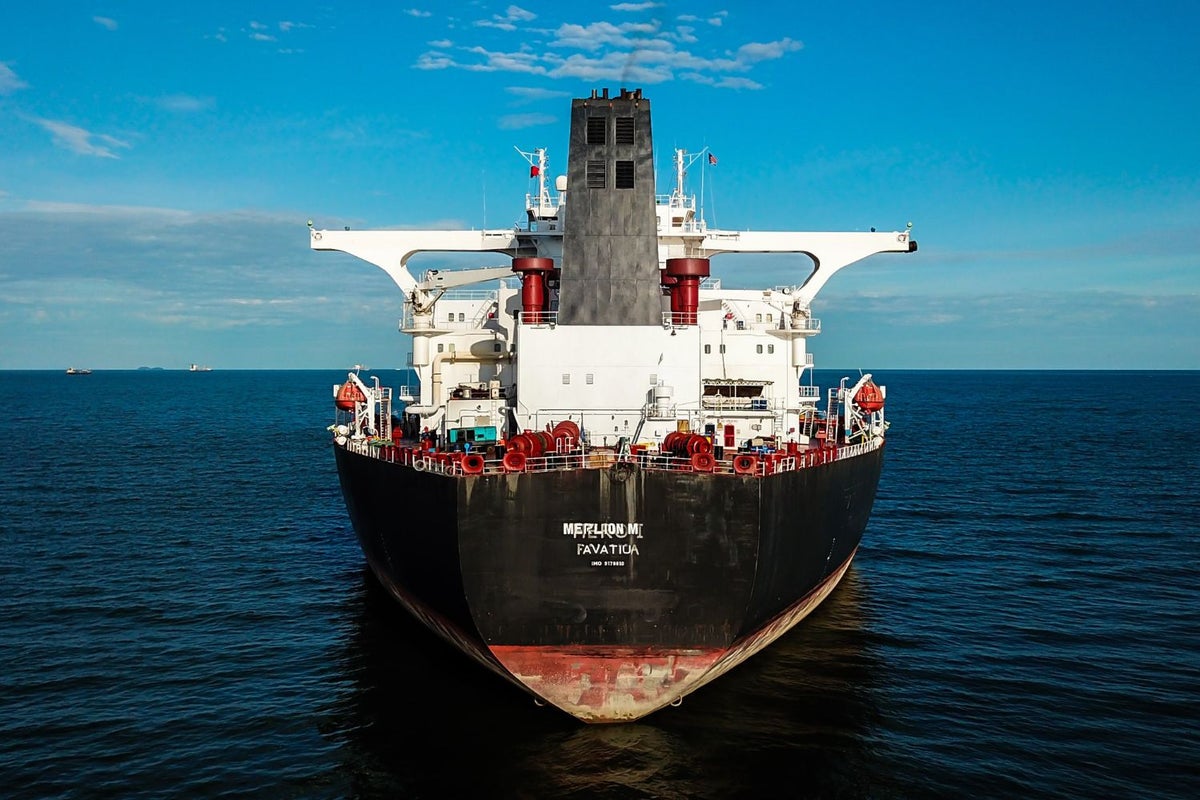[ad_1]
Ahead of the OPEC + meeting this Sunday to discuss its oil production policy, the European Union decided to ban all maritime transports of imported Russian oil on Monday.
Led by the U.S. Department of the Treasury and in collaboration with the G7, Western nations are set to impose a price cap on all Russian oil that is transported by sea. These initiatives are meant to limit Russia’s funds for war, without disrupting the supply of oil to the world.
The G7 price cap on Russian oil is set at $60 per barrel, and will be taking effect on Dec. 5.
On Saturday, a Kremlin spokesman said Russia “will not accept” the price cap set by the G7, adding that Russia would further analyze the situation.
What To Expect: Since Russia accounts for about 10% of global petroleum production and supplied most of Europe’s oil and gas before the war began, EU nations may find it more expensive and difficult to source oil and gas from other markets.
The ban on Russian oil imports will also impact maritime services such as insurance and financial services on any tanker carrying Russian oil.
As the EU and the U.K. provide a large chunk of the world’s maritime services, Lloyd’s of London and International Group of P&I Clubs maritime insurers cover more than 90% of the world’s tankers, reported NPR. This could be a big blow to tankers carrying Russian oil, since most of the world’s ports require insurance before docking.
Additionally, there is a clause in the U.S. Treasury Department’s guidance on the implementation of the price cap policy that states once crude oil is refined “in a jurisdiction other than the Russian Federation, it is no longer considered to be of Russian Federation origin, and thus the price cap no longer applies (even if the refined oil is further exported using maritime transport)”.
Essentially, this would allow a refiner that has not banned the import of Russian oil to purchase the product at or below the price cap and rely on U.S. maritime services.
Will the Price Cap Work?
There is much speculation surrounding the details of the price cap decision, as China and India have been ramping up their spending on Russian oil since the war in Ukraine started.
NPR reported that China, India and Turkey have been receiving Russian oil at a discount of at least $20 less per barrel, and could get an even better price after the details of the price cap are worked out.
Enforcing the price cap will also prove to be a challenge, as nations such as Iran and Venezuela are using evasion tactics such as falsifying documents and en route ship-to-ship transfers which disguise the origin and destination of the oil.
In October, Russian President Vladimir Putin said he will not sell oil at a lower price cap and will look to find other customers, as Russian oil is already trading well below market prices at under $70 per barrel.
The Last Word: With OPEC+ cutting its oil production to the world and the EU breaking away from its reliance on Russia, the question remains, will other countries be able to step in and provide oil and gas for the EU?
As the U.S. is also facing a supply crunch of its own, the price of oil will most likely remain elevated until global tensions ease.
Since Russia has been targeting Ukraine’s energy infrastructure, Ukraine is in talks with General Electric GE to manufacture spare parts, the Wall Street Journal reported. On Tuesday, the Biden Administration unveiled its plan to provide more than $53 million to help buy transformers, circuit breakers, and other electrical hardware. The administration also budgeted $1.1 billion in energy spending in Ukraine and Moldova.
For 2023, it may be wise to invest in oil and gas companies to offset the increased cost consumers are paying at the pump. This is because oil and gas companies should continue to rake in profits with elevated oil prices, such as Exxon Mobil XOM, Pioneer Natural Resources PXD, and Chevron CVX, among other energy companies.
[ad_2]
Image and article originally from www.benzinga.com. Read the original article here.

